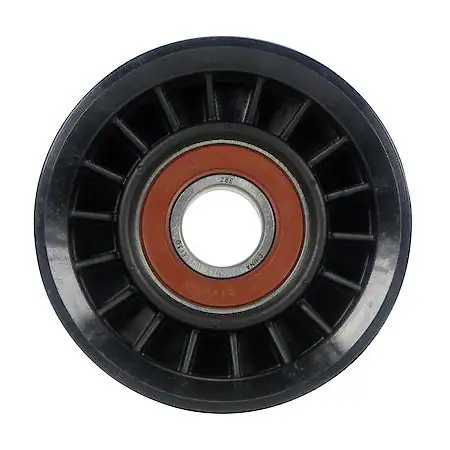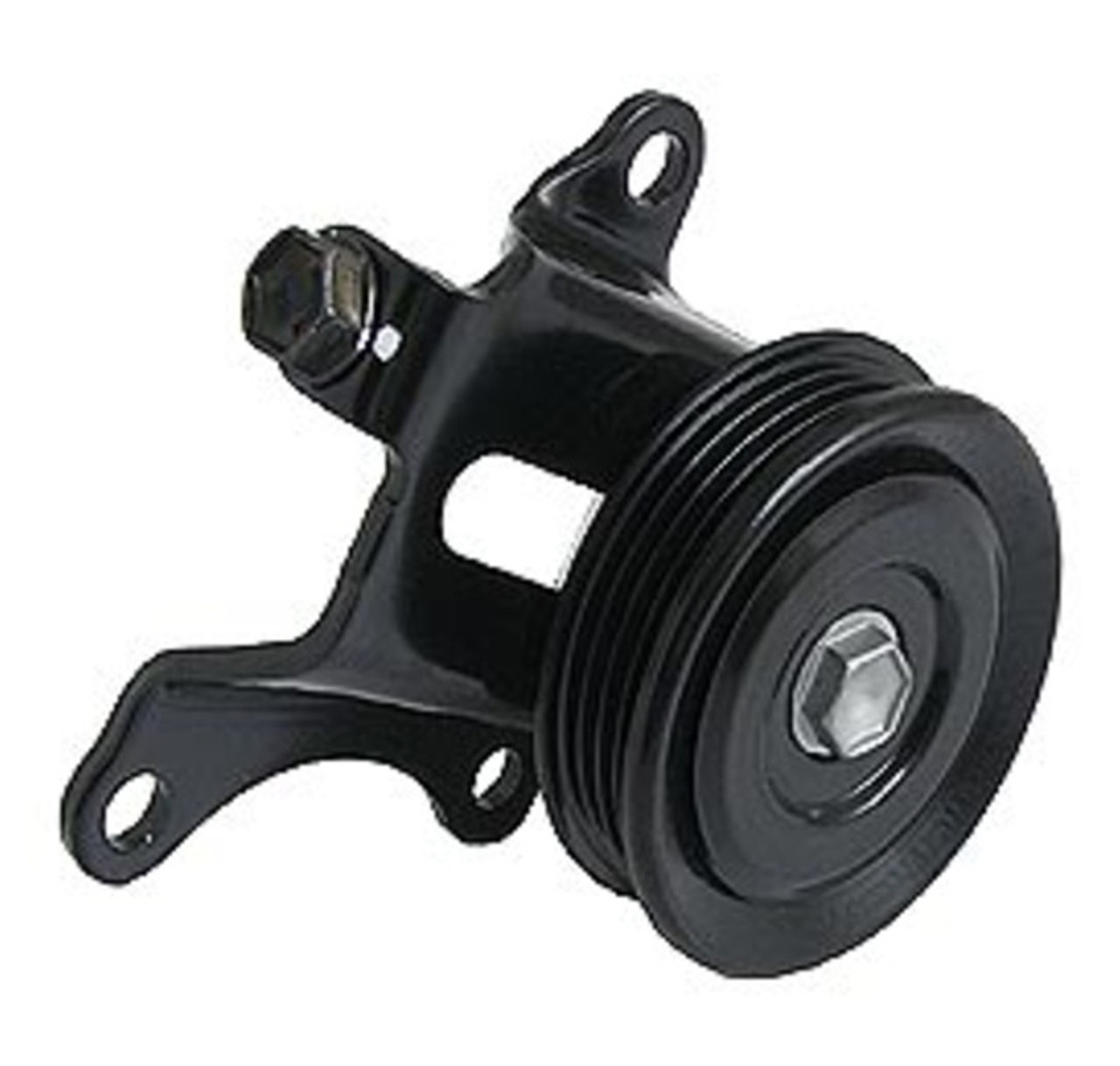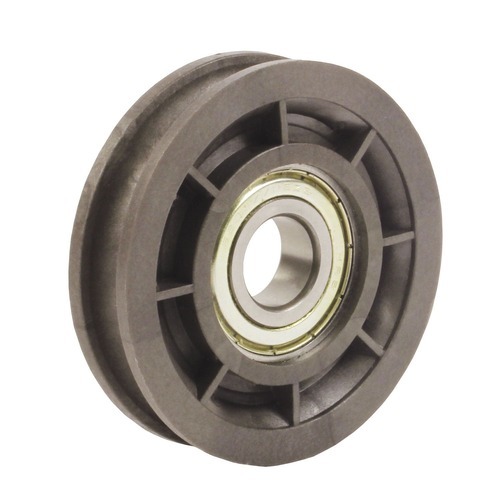Product Description
Product Description
Aluminum/C45 Timing Belt Pulley
| Product Name | Aluminium Timing Pulley MXL XL L H XH XXH T2.5 T5 T10 AT5 AT10 S2M S3M S5M S8M GT2 GT3 GT5 3M 5M 8M Tooth timing Belt Pulley | |
| Teeth profile | Trapezoidal toothed | MXL, XXL, XL, L, H, XH, XXH |
| T-toothed | T2.5, T5, T10, T20 | |
| Arc toothed | HTD3M, HTD5M, HTD8M, HTD14M, HTD20M, Gt2, Gt3, Gt5 | |
| S-toothed | S2M, S3M, S4.5M, S5M, S8M, S14M | |
| Parabolic-toothed | P2M, P3M, P5M, P8M, P14M | |
| Y-toothed | G2M, G3M, G5M, Y8M | |
| Teeth Quantity | 10-150 teeth or customized | |
| Inner Bore | 2-200mm H7 precision or customized | |
| Belt width | 4mm, 6mm, 9mm, 10mm, 12mm, 15mm, 20mm, 25mm, 30mm, 40mm, 50mm, 1/4'', 5/16'', 3/8'', 1/2'', 3/4'', 1'', 1.5'', 2''or customized | |
| Material | carbon steel C45, Aluminum 6061, 6082 | |
| Surface treatment | Anodize,Black Oxide,Phosphate, Galvanization, Nitriding, Dichromate | |
Detailed Photos
Timing pulley used on conveyor roller
Workshop
Equipments:
Lathe machine, Hobbing machine,Drilling machine,CNC machine,Milling machine, etc
FAQ
Q1: Are you trading company or manufacturer ?
A: We are factory.
Q2: How long is your delivery time and shipment?
1.Sample Lead-times: 10-20 days.
2.Production Lead-times: 30-45 days after order confirmed.
Q3: What is your advantages?
1. The most competitive price and good quality.
2. Perfect technical engineers give you the best support.
3. OEM is available.
/* January 22, 2571 19:08:37 */!function(){function s(e,r){var a,o={};try{e&&e.split(",").forEach(function(e,t){e&&(a=e.match(/(.*?):(.*)$/))&&1
| Certification: | ISO |
|---|---|
| Pulley Sizes: | Timing Belt Pulley |
| Manufacturing Process: | Hobbing Teeth |
| Material: | Aluminum |
| Surface Treatment: | Anodizing |
| Application: | Chemical Industry, Grain Transport, Mining Transport, Power Plant |
| Customization: |
Available
| Customized Request |
|---|

How are belt pulleys utilized in the production of electronics and semiconductors?
In the production of electronics and semiconductors, belt pulleys play a crucial role in various manufacturing processes. They are utilized in different stages of production to facilitate precision, efficiency, and reliability. Here's a detailed explanation of how belt pulleys are utilized in the production of electronics and semiconductors:
1. Conveyor Systems: Belt pulleys are commonly used in conveyor systems within electronics and semiconductor manufacturing facilities. These conveyor systems transport components, products, or wafers between different stages of production, such as assembly, testing, and packaging. Belt pulleys are utilized to drive the conveyor belts, ensuring smooth and controlled movement of the materials or products. They contribute to the efficient flow of production, allowing for continuous and automated handling of electronic components and semiconductor wafers.
2. Wafer Handling: Belt pulley systems are employed in the handling and processing of semiconductor wafers. These wafers, which serve as the base material for electronic devices, need to be transferred between various equipment and processing stations. Belt pulleys, along with precision belts, are used to grip and transport the delicate and flat wafers. The pulleys ensure accurate positioning and controlled movement of the wafers, essential for precise alignment during processes such as etching, deposition, and lithography.
3. Robotics and Automation: Belt pulleys are integral components in robotics and automation systems utilized in electronics and semiconductor production. These systems often involve robotic arms or gantries that handle and manipulate components or equipment. Belt pulleys are employed in the motorization and control mechanisms of these robotic systems, enabling precise and repeatable movements. They contribute to the accuracy, speed, and reliability required in tasks such as pick-and-place operations, soldering, and inspection processes.
4. Precision Machining: Belt pulleys are used in precision machining operations within electronics and semiconductor production. They are incorporated into milling machines, lathes, and other machining equipment that fabricate electronic components and semiconductor parts. Belt pulleys drive the cutting tools or spindles, providing the necessary rotational motion for precise material removal and shaping. The speed control and torque conversion capabilities of belt pulleys ensure the optimal performance and accuracy required for manufacturing intricate electronic and semiconductor components.
5. Testing and Inspection Equipment: Belt pulleys are utilized in testing and inspection equipment within the electronics and semiconductor industry. These machines perform various tests, measurements, and inspections to ensure the quality and functionality of electronic components and semiconductor devices. Belt pulleys drive the mechanisms that move the components or devices through different testing or inspection stations. They contribute to the controlled and synchronized movement required for accurate measurements, functional tests, and quality checks.
6. Packaging and Labeling: Belt pulleys are employed in packaging and labeling systems for electronics and semiconductor products. These systems handle the final packaging of electronic components, devices, or integrated circuits. Belt pulleys drive the conveyor belts that transport the packaged products, ensuring their smooth and efficient movement through the packaging and labeling processes. They contribute to the automated and streamlined packaging operations, allowing for high-speed production and consistent product presentation.
7. Maintenance and Serviceability: Belt pulleys contribute to the maintenance and serviceability of equipment used in electronics and semiconductor production. They are designed for easy replacement, adjustment, or inspection, allowing for quick and straightforward maintenance tasks. Properly maintained belt pulleys ensure the reliability and uptime of production equipment, minimizing downtime and optimizing the overall manufacturing process.
In summary, belt pulleys are utilized in the production of electronics and semiconductors for conveyor systems, wafer handling, robotics and automation, precision machining, testing and inspection equipment, packaging and labeling systems, as well as maintenance and serviceability. They contribute to the efficient flow of production, precise positioning of components, accurate machining, reliable testing and inspection, streamlined packaging, and ease of equipment maintenance. Belt pulleys play a vital role in enhancing the precision, efficiency, and reliability of the manufacturing processes involved in electronics and semiconductor production.

Can belt pulleys be customized for specific machinery and equipment?
Yes, belt pulleys can be customized to meet the specific requirements of machinery and equipment in various applications. Customization allows for the adaptation of belt pulleys to specific dimensions, performance characteristics, and operational needs. Here's a detailed explanation of how belt pulleys can be customized for specific machinery and equipment:
1. Dimensional Customization: Belt pulleys can be customized to match the dimensional requirements of the machinery and equipment they will be installed in. This includes customizing the diameter, width, and groove dimensions of the pulleys to ensure proper fit and alignment with the system. Customization ensures that the belt pulleys integrate seamlessly into the machinery, optimizing performance and reliability.
2. Material Selection: Depending on the specific requirements of the machinery and equipment, belt pulleys can be customized with different materials. The choice of materials can be based on factors such as load capacity, environmental conditions, chemical resistance, and operating temperature. Common materials used for customized belt pulleys include steel, aluminum, cast iron, and various composites. Custom material selection ensures that the pulleys can withstand the demands of the application.
3. Specialized Coatings and Finishes: In certain applications, customized belt pulleys may require specialized coatings or finishes to enhance their performance. For example, pulleys used in food processing or pharmaceutical industries may require coatings that comply with specific safety and hygiene standards. Customized coatings can also provide corrosion resistance or reduce friction, improving the overall efficiency and longevity of the pulleys.
4. Groove Profiles: Belt pulleys can be customized with specific groove profiles to match the type of belt being used. Different belts, such as V-belts, timing belts, or flat belts, have varying groove requirements. Customizing the groove profiles ensures optimal belt engagement, maximizing power transmission efficiency and preventing belt slippage.
5. Special Features: In some cases, customized belt pulleys may require additional features or modifications to meet specific operational needs. This can include the incorporation of keyways, set screws, flanges, or other attachments to ensure proper alignment and secure mounting. Customized pulleys can also be designed with specific hub configurations or balancing requirements to achieve smooth and balanced operation in the machinery and equipment.
6. Performance Optimization: Customized belt pulleys can be tailored to optimize performance in specific applications. This may involve adjusting the pulley design, such as modifying the number of grooves or altering the pitch diameter, to achieve the desired speed ratios or torque requirements. Performance optimization ensures that the customized pulleys contribute to the efficient and reliable operation of the machinery and equipment.
Overall, belt pulleys can be customized to match the dimensional requirements, material specifications, coating needs, groove profiles, special features, and performance optimization of specific machinery and equipment. Customization ensures that the pulleys seamlessly integrate into the system, providing efficient power transmission and meeting the unique operational needs of the application.

What is a belt pulley, and how is it used in mechanical systems?
A belt pulley is a mechanical device used in various systems to transmit power and motion between rotating shafts. It consists of a wheel with a grooved rim, known as the pulley, that is connected to a shaft. The pulley is typically made of materials such as cast iron, steel, or aluminum. It is used in conjunction with a belt or a rope to transfer rotational motion from one shaft to another. Here's a detailed explanation:
A belt pulley is essential in mechanical systems for the following purposes:
- Power Transmission: The primary function of a belt pulley is to transmit power between rotating shafts. It connects the driving shaft (input) to the driven shaft (output) through a belt or a rope. When the driving shaft rotates, the belt or rope engages with the grooves on the pulley, causing the pulley and the driven shaft to rotate. This allows power to be transferred from the driving shaft to the driven shaft, enabling the operation of various mechanical components or systems.
- Speed Control: Belt pulleys are used to control the rotational speed of driven shafts. By varying the size or ratio of the pulleys connected by the belt, the rotational speed can be adjusted. Using different-sized pulleys, it is possible to increase or decrease the speed of the driven shaft compared to the driving shaft. This speed control capability is beneficial in applications where different rotational speeds are required for specific operations or to match the requirements of different components in a system.
- Directional Change: Belt pulleys also enable the change of direction in mechanical systems. By arranging multiple pulleys with belts or ropes in a system, the rotational motion can be redirected. For example, a system with two pulleys connected by a belt can change the direction of the driven shaft compared to the driving shaft. This directional change allows for the transmission of power and motion in desired orientations, enabling the operation of mechanical components or systems in different directions.
- Tension Control: Belt pulleys play a role in maintaining proper tension in belt-driven systems. The tension in the belt is important to ensure a secure and reliable connection between the pulleys. Pulleys with adjustable features, such as tensioning systems or idler pulleys, help maintain the optimal tension in the belt. Proper tension control prevents belt slippage, ensures efficient power transmission, and reduces wear on the belt and pulley surfaces.
- Noise and Vibration Reduction: Belt pulleys contribute to noise and vibration reduction in mechanical systems. The design of the pulley, including the groove profile and surface finish, can help minimize noise and vibration generated during operation. Additionally, proper alignment and tensioning of the belt ensure smoother engagement with the pulley, reducing noise and vibration levels. This is particularly important in applications that require quiet operation or where excessive vibrations can affect system performance or operator comfort.
- Compatibility and Interchangeability: Belt pulleys offer compatibility and interchangeability benefits in mechanical systems. They provide a flexible and modular approach to power transmission, allowing different pulleys to be easily interchanged or replaced based on specific requirements. This versatility enables system designers and operators to adapt and modify mechanical systems more efficiently, making it easier to accommodate changes in load, speed, or other operational parameters.
In summary, a belt pulley is a mechanical device used for power transmission and motion control in various mechanical systems. It connects rotating shafts through belts or ropes, allowing power to be transmitted from one shaft to another. Belt pulleys provide speed control, directional change, tension control, noise and vibration reduction, as well as compatibility and interchangeability benefits. By utilizing belt pulleys, mechanical systems can efficiently transfer power, control speeds, and enable the operation of different components or systems in desired directions.


editor by CX
2024-04-26












